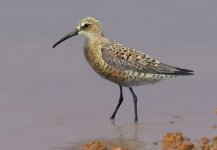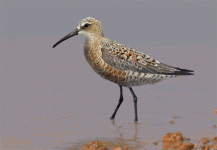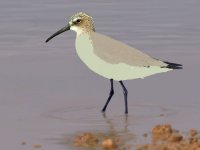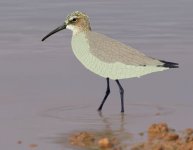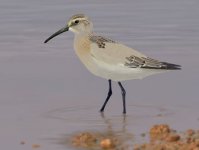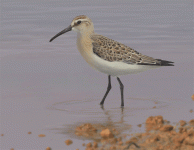timwootton
Well-known member
The gifs are brilliant Dave and the whole bird scheme could be a ground breaker in bird ID - could make some dosh, eventually.
Love the hairy pic - I have a couple of even hairier ones, if I can find them.
I read (again) the white-faced plover paper (on surfbirds this time) and each time I do i am more convinced you have a seriously interesting group of birds there. What's the latest?
Love the hairy pic - I have a couple of even hairier ones, if I can find them.
I read (again) the white-faced plover paper (on surfbirds this time) and each time I do i am more convinced you have a seriously interesting group of birds there. What's the latest?




